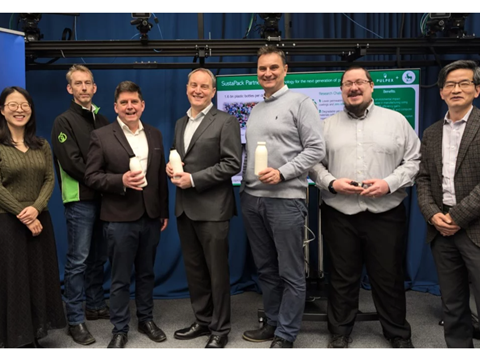
Pulpex and the University of Surrey are using AI-powered computer vision to identify and address imperfections while applying barrier coatings to fibre-based bottles for liquids – a move hoped to save energy and water while optimizing packaging performance.
As part of UKRI’s co-investing programme, the Engineering and Physical Sciences Research Council (EPSRC) provided a £1 million grant to the project, which has been named SustaPack.
Pulpex utilizes its patented technology to develop recyclable and degradable bottles made from natural wood fibres in a bid to replace conventional plastic materials. The bottles’ multi-layer barrier coatings are designed to prevent liquids from leaking and preserve product quality with inward oxygen permeation.
Now the project hoped to create a ‘step-change’ in the energy and water consumption of applying the coatings, while also using new analytical techniques to enhance product quality, enhance performance, and cut down on imperfections in the production process – in turn, increasing the shelf life of the packaged goods.
Using AI-powered computer vision techniques, a multi-disciplinary team of researchers plans to use thermal imaging to detect defects in wet coatings in real time and immediately correct them. They will refer to multi-scale mechanistic models of the coating process to identify the sources of, then work to eliminate, imperfections and non-uniformities.
In doing so, they plan to optimize the performance of the packaging; pursue 100% reliability in the manufacturing process; set new standards for the production of environmentally conscious packaging; and give consumers the option to avoid contributing to plastic pollution.
“Our aim here is to combine novel coating processes, mechanistic modelling, computer vision and artificial intelligence (AI) to establish a ‘dry’ spray coating process that deposits food-safe, degradable coatings,” explains Professor Joseph Keddie, professor of Soft Matter Physics and Royal Society Industry Fellow. “This technology, which isn’t yet commercially available, will not only drive the next generation of packaging technology but will also contribute to a significant reduction in plastic pollution and lower carbon emissions from manufacturing.”
“We’re excited to strengthen our existing collaboration with the University of Surrey to enhance our technologies and processes,” adds Scott Winston, CEO at Pulpex. “Our SustaPack partnership will help us advance safe, sustainable packaging solutions, enabling brand owners to meet Net-Zero targets.
“It gives consumers sustainable choices, delivers answers for brand owners and enables supply chains and retailers to deliver their carbon footprint reduction goals – a priority for all.”
The news comes after NBCo presented its ‘disappearing’ fibre-based bottle at this year’s World Economic Forum Annual Meeting in Davos. The bottle is reportedly made from plant materials, agricultural waste, and indigenous fibre mixes coated in natural polymers, and claims to be 90-99% recyclable in existing paper streams; it also utilizes computer-aided engineering in its production process in an effort to perfect its structural properties.
In a recent episode of our Packaging Europe podcast, we spoke to SAP – the company behind the SAP Responsible Design tool, which helps customers design packaging to minimize waste, as well as field plastic taxes and EPR obligations. Darren West, global head of Circular Economy Solutions, joined us to discuss the role of AI and data in establishing a circular economy.
If you liked this story, you might also enjoy:
Reuse vs. single use – which is better for the environment?
Sustainable Innovation Report 2025: Current trends and future priorities
What can the world learn from South Korea’s world-leading performance in plastics circularity?

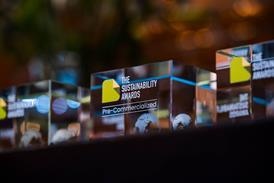
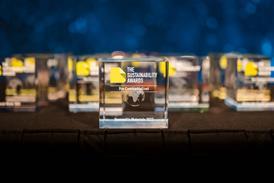
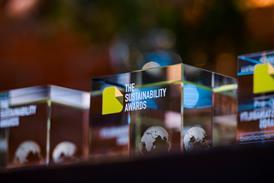
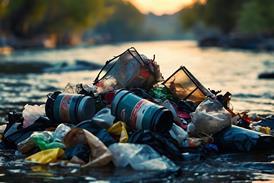
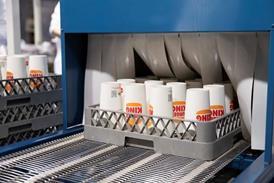















No comments yet